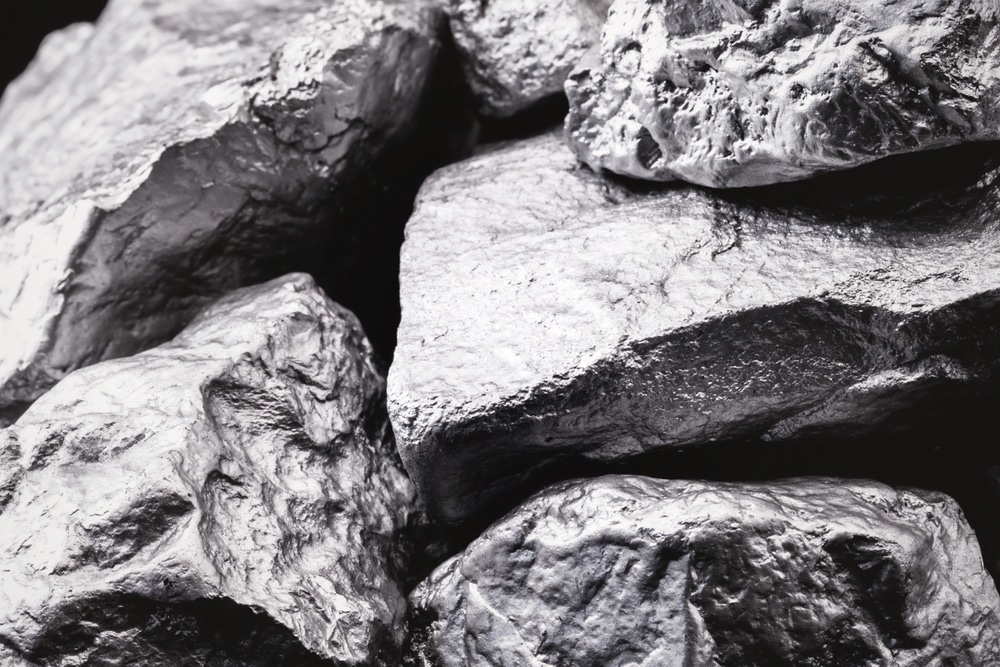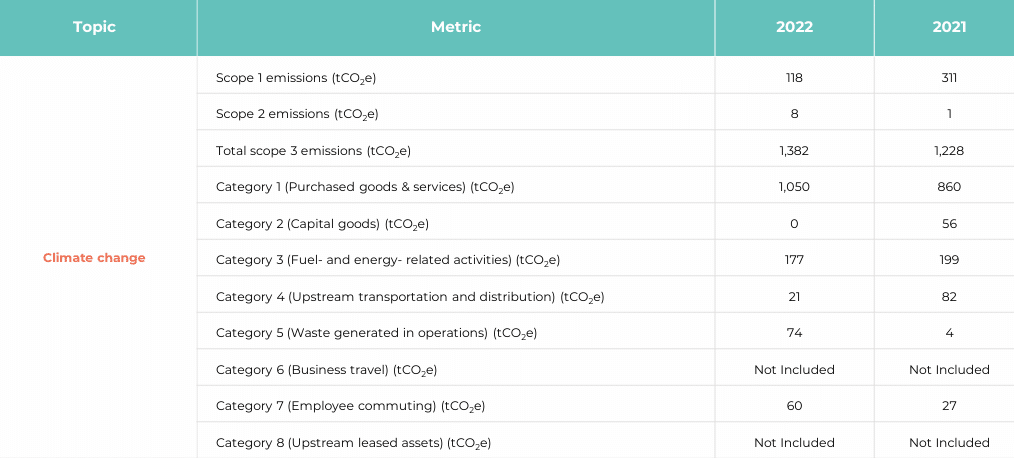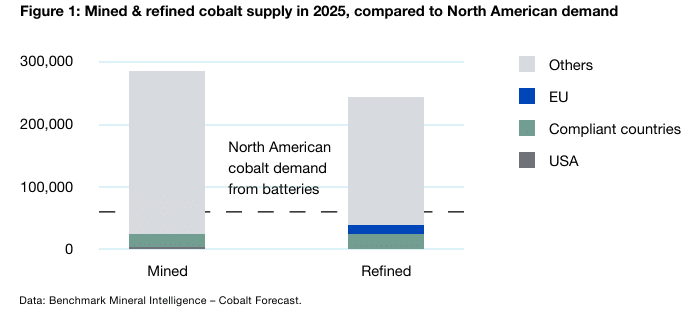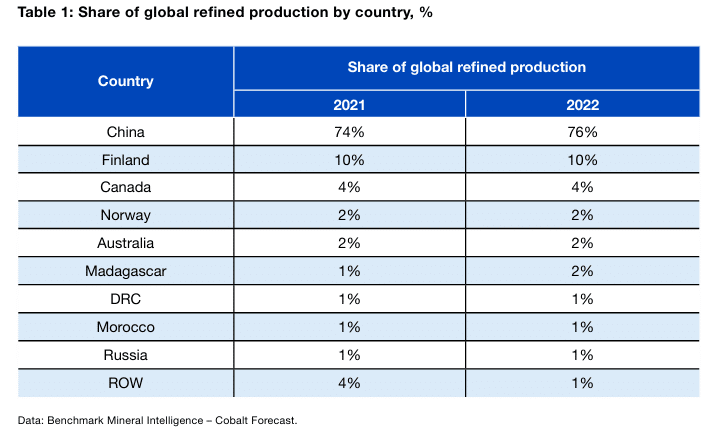The U.S. military is ramping up its investment in Canadian mining with a significant new grant. On Tuesday, the Pentagon announced a $20 million U.S. grant to Electra Battery Materials Corporation to set up the cobalt refinery in Temiskaming Shores, Ontario.
Unlocking Pentagon’s Funding Push for Electra Battery Materials
Electra Battery Materials has secured the investment from the U.S. Department of Defense (DoD) under Title III of the Defense Production Act, notes the press release.
The award uses funds from the Ukraine Supplemental Appropriations Act of 2022. It supports the 2024 National Defense Industrial Strategy goal to boost domestic production of key minerals. Over the top, in June, the Canadian government also gave Electra USD 3.6M to advance a battery materials recycling project at the same refinery.
However, this grant is part of a broader initiative launched during President Joe Biden’s 2022 visit to Ottawa. Notably, the current one is the largest of several U.S. grants for securing critical mineral supplies in Canada. The DoD further added that the Ontario Cobalt Refinery’s construction will help Electra launch North America’s first cobalt sulfate hydrometallurgical plant.
Subsequently, this plant will produce cobalt sulfate which is a crucial component for lithium-ion batteries. These large batteries will consequently, support both defense projects and the growing EV supply chain in the U.S. and Canada.
Electra’s Groundbreaking Cobalt Facility
The project features a hydrometallurgical facility with a proven track record. Notably, it is the only one in North America providing cobalt sulfate for EVs. Its modular design allows it to expand as the EV market grows. Additionally, the site is fully permitted and ready for future expansion. It also boasts 51% lesser greenhouse gas emissions compared to Chinese facilities, thanks to its hydroelectric power source. Ultimately, at full capacity, it could produce enough cobalt sulfate for over 1 million EVs annually.
The company also manages its emissions effectively, we can estimate this in the table acquired from its sustainability report.
source: Electra Battery Metals
What’s Driving this Cobalt Investment?
Media pundits have analyzed the investment from a different angle. They have explained that these investments reflect the growing concerns about reliance on China for essential minerals needed for EVs, electronics, and most importantly weapons systems.
Furthermore, with tensions over Taiwan, the U.S. seeks to diversify its supply chain and enhance its national security.
The first two grants earlier this year targeted copper, gold, graphite, and cobalt projects in Quebec and the Northwest Territories, totaling under $15 million. These earlier grants had no repayment obligations or commitments to sell minerals exclusively to the U.S. military. However, in times of crisis, Canadian law allows Ottawa to prioritize raw material sales to NATO allies.
Dr. Laura Taylor-Kale, Assistant Secretary of Defense for Industrial Base Policy, said,
“This award will develop North American production of a key precursor material for large capacity batteries, helping to create a more robust industrial base capable of meeting growing demand across both the defense and commercial sectors.”
Canada’s Critical-Mineral Wealth
Global demand for critical minerals is set to rise sharply. IEA predicts a 6X increase in the energy sector’s needs by 2040. Notably, the North American zero-emission vehicle market alone has the potential to hit $174 billion by 2030, as reported by Cananda’s Critical Mineral Strategy. Moreover, Canada is a key player in cobalt, graphite, lithium, and nickel—essential for future batteries and electric vehicles.
Therefore, investing in these minerals is crucial for a green energy transition in Canada and worldwide. This investment builds a sustainable industrial base, supporting emission-reducing supply chains and climate change solutions for future generations.
A Clean Energy Canada report suggests that a Canadian battery supply chain could contribute $5.7 billion to $24 billion to GDP by 2030.
Jonathan Wilkinson, Minister of Energy and Natural Resources Canada has given a long statement in the press release. He remarked,
“From mining responsibly sourced critical minerals, to processing them here in North America, to building batteries for electric vehicles and other key technologies, and eventually to recycling them, there is enormous opportunity for both Canada and the United States from both an economic and a security perspective. Through our continued work with the United States, driven by the Energy Transformation Task Force and the Joint Action Plan on Critical Minerals Collaboration, and other allies, we are developing secure critical minerals value chains that will create good jobs in places like Temiskaming, Ontario and beyond, and will power prosperous economies and a future that works for everyone.”
Overall, the US DoD’s investment would give a significant boost to cobalt production in Canada. With Electra Battery Materials as partner, we expect impressive results in the coming years.
- FURTHER READING: Global Lithium and Battery Trends: Top Stories You Need to Know!





